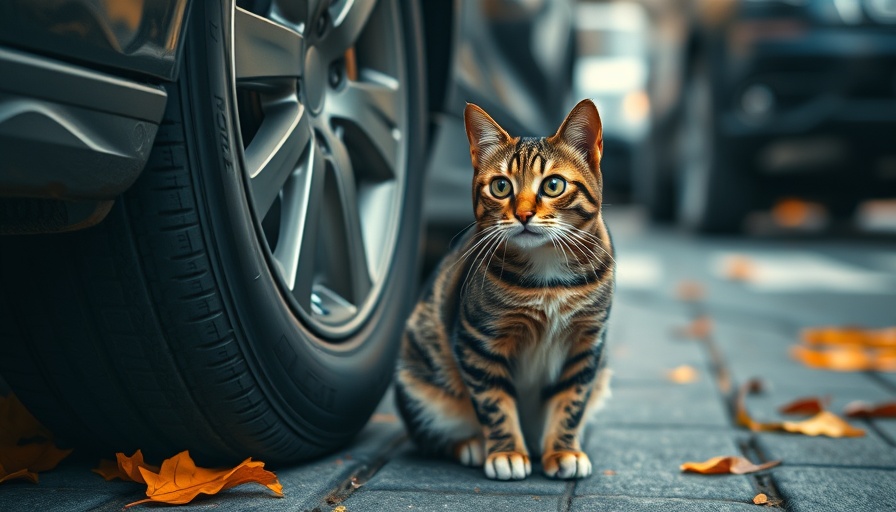
Understanding Angular Limb Deformities in Dogs
Much like children, puppies often face orthopedic challenges that can hinder their development. If you’ve observed an unusual bend or twist in your young dog’s legs, it could be an indicator of an angular limb deformity. This condition arises when the growth plate on a bone closes too early or grows too rapidly, leading to abnormal development.
To break it down, normal growth involves both bones in a limb developing at a similar rate. However, if one bone’s growth plate closes prematurely, while its counterpart continues to grow, it creates an imbalance. For instance, in a dog’s foreleg, the radius might continue to lengthen when the ulna has stopped growing, resulting in alterations in their posture and movement.
Types of Angular Limb Deformities
Angular limb deformities predominantly affect the front legs of dogs, with two common types being:
- Carpal Valgus: Here, the paws of the dog turn outward, resulting in an outward appearance.
- Carpal Varus: In this case, the dog’s elbows appear bowed out, and the paws face inward.
Veterinary specialists are actively working to develop systems to classify these deformities accurately, as there could be variations based on the number of growth plates affected and other individual factors.
Recognizing Symptoms and Seeking Help
It’s crucial for dog owners to be vigilant about their pup’s development. An angular limb deformity might not seem urgent, but noticing any irregularities in limb growth warrants a visit to the veterinarian. If a puppy has a broken bone, immediate attention is required to avoid potential complications.
Treatment Options for Angular Limb Deformities
When it comes to addressing angular limb deformities, surgery is often the recommended course of action if the condition results in pain or mobility issues. During surgery, veterinarians realign the affected bones and may utilize plates or screws to stabilize the correction.
Preventing Angular Limb Deformities
Preventing these deformities often begins with responsible breeding practices. Ensure you choose a breeder who screens for genetic issues that might lead to skeletal problems. Proper nutrition and timely veterinary check-ups can also play vital roles in promoting healthy growth in puppies.
The Importance of Returning to Normal Functionality
Addressing angular limb deformities is not just about physical adjustment; it also influences your dog’s overall well-being. Dogs that can move freely and comfortably experience better mental health, engage more with their families, and enjoy life to the fullest.
Checking in With Veterinarians
As a pet parent, staying informed on your dog’s health and understanding potential concerns strengthens your caregiving role. Regular consultations with veterinarians can help monitor any growth patterns and preemptively address developmental issues.
In conclusion, recognizing and addressing angular limb deformities can make a significant difference in your dog's quality of life. By adopting preventive measures and seeking help when necessary, you can ensure your furry friend enjoys a vibrant and active life. Remember, your vigilance and care are invaluable in their journey toward a healthy future.
 Add Row
Add Row  Add
Add 


Write A Comment